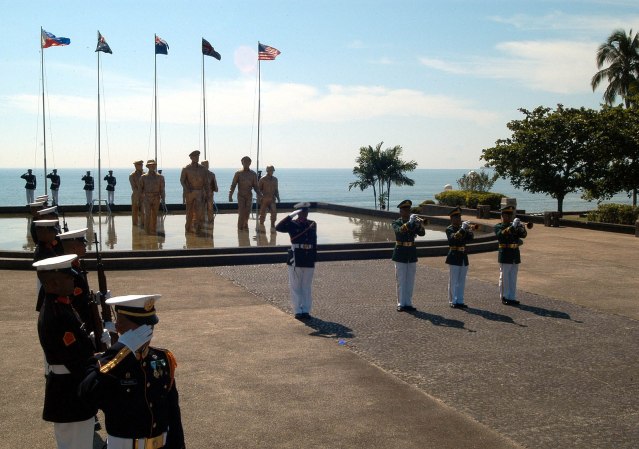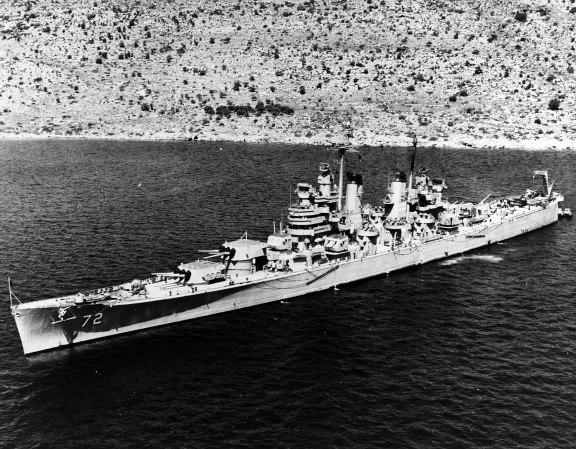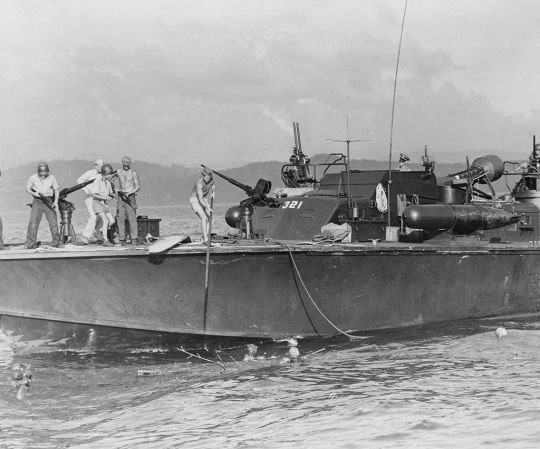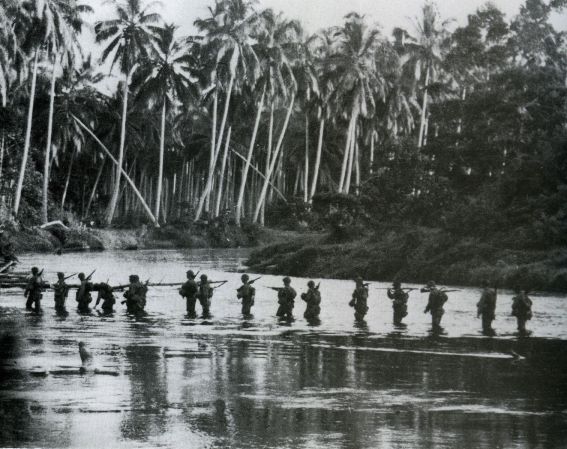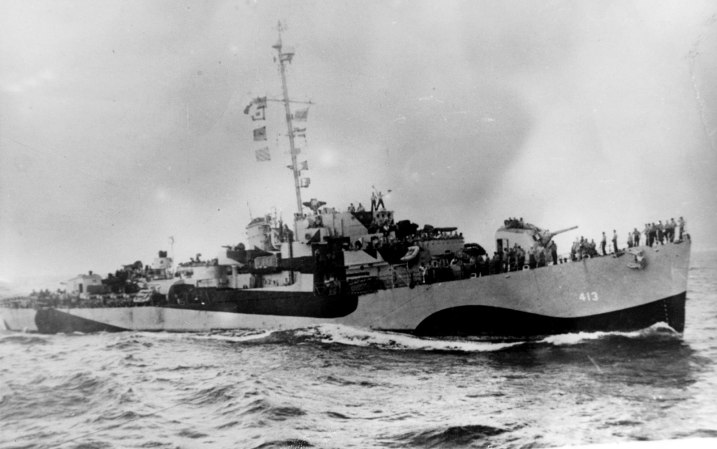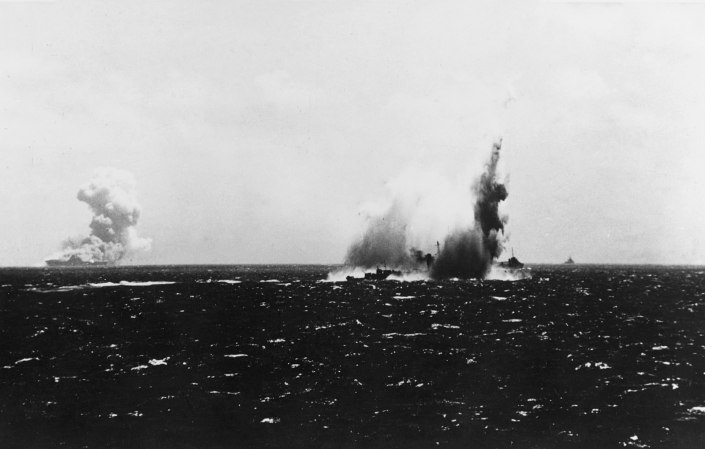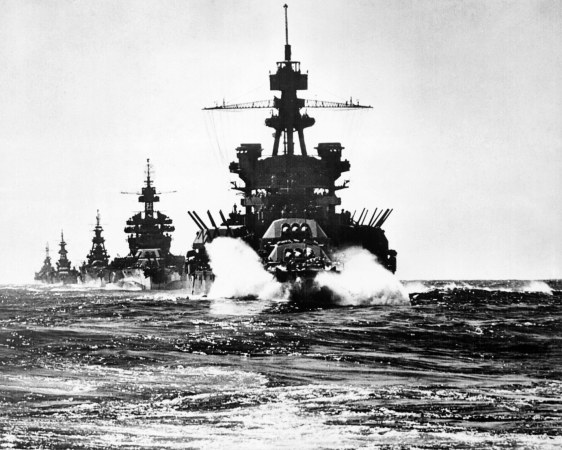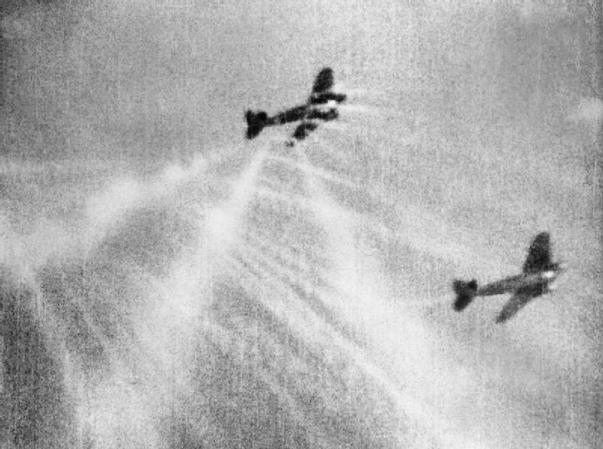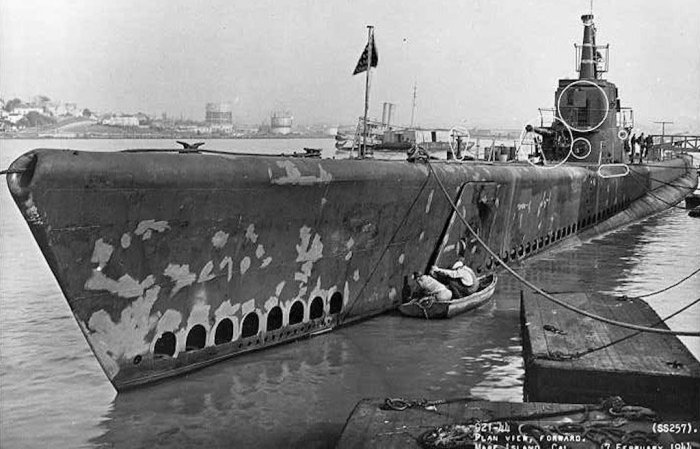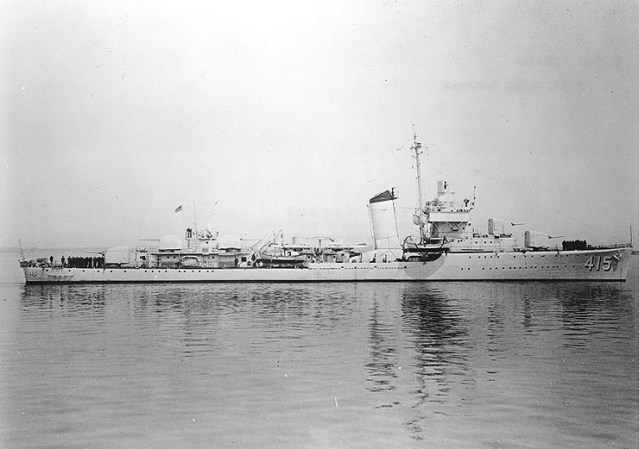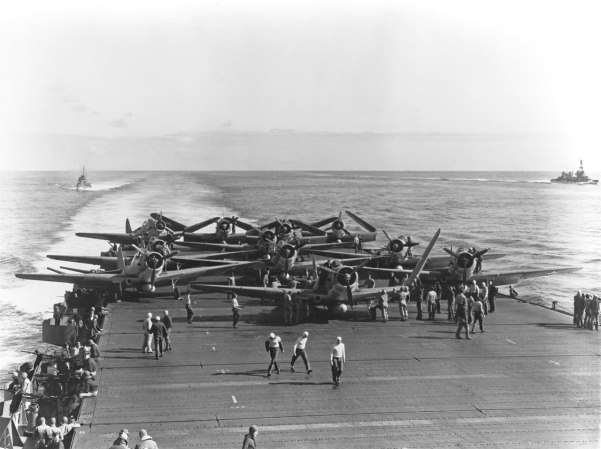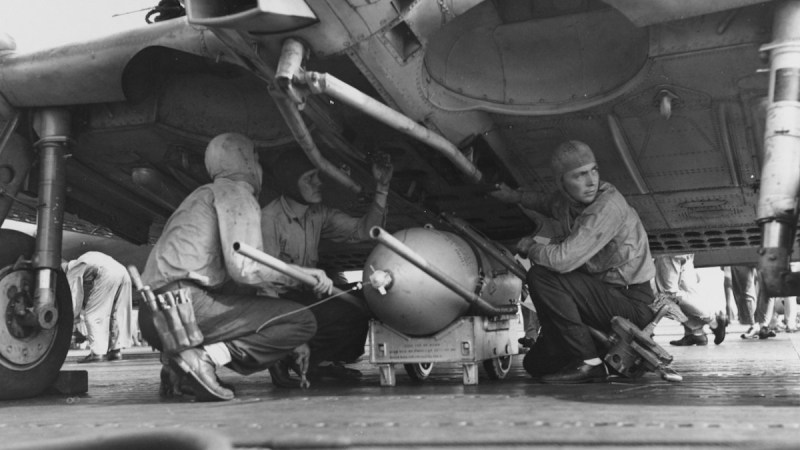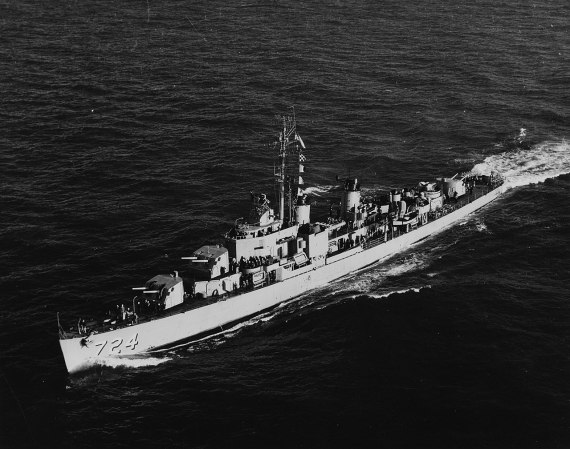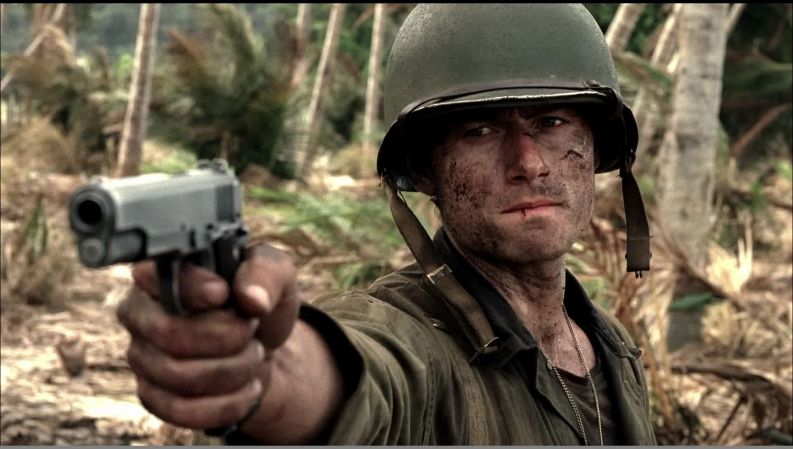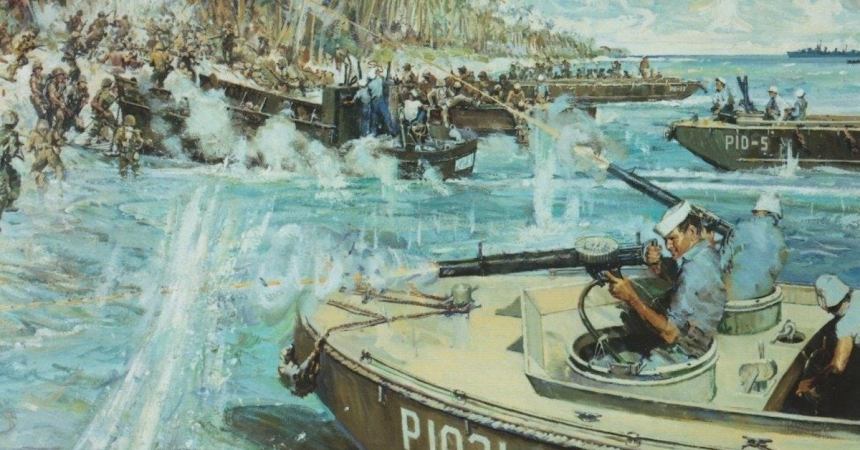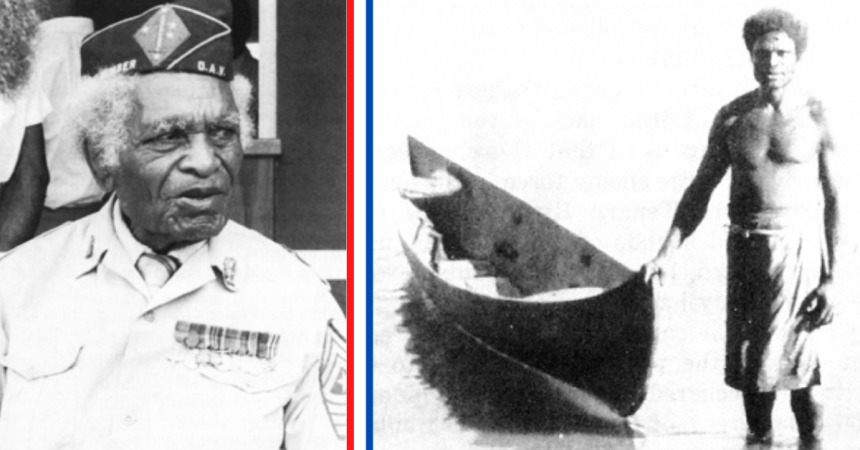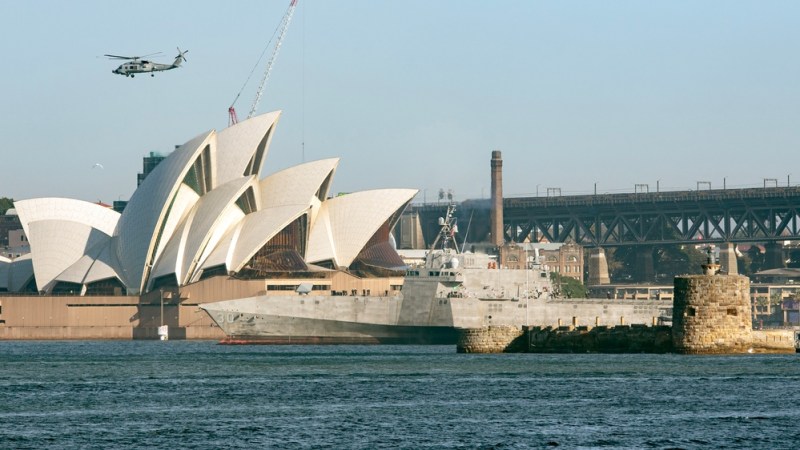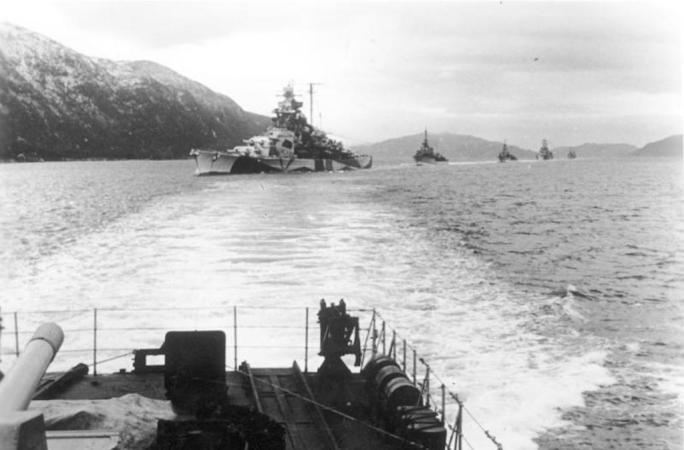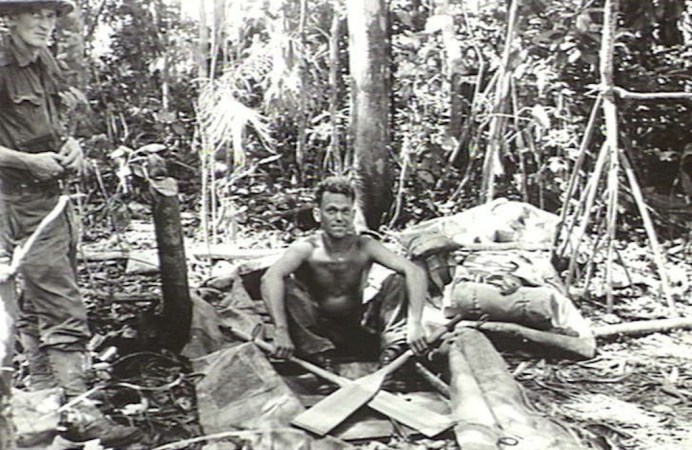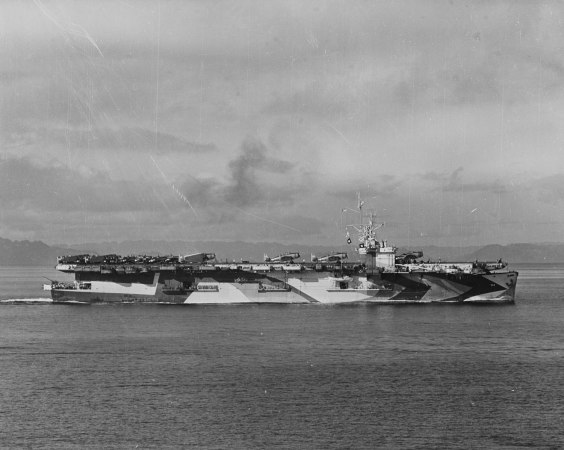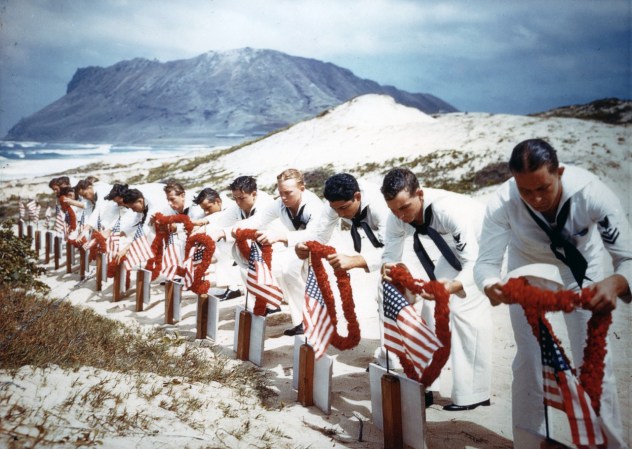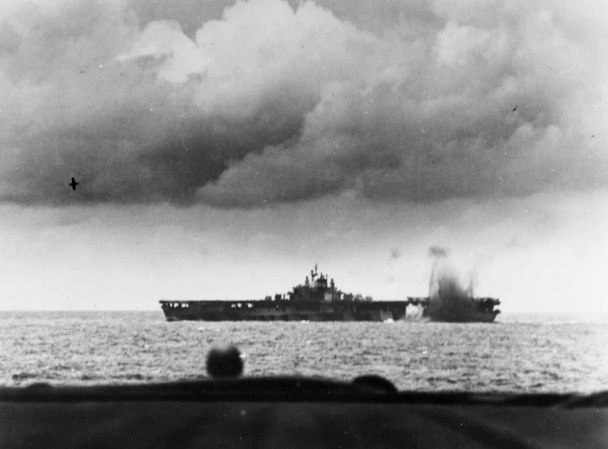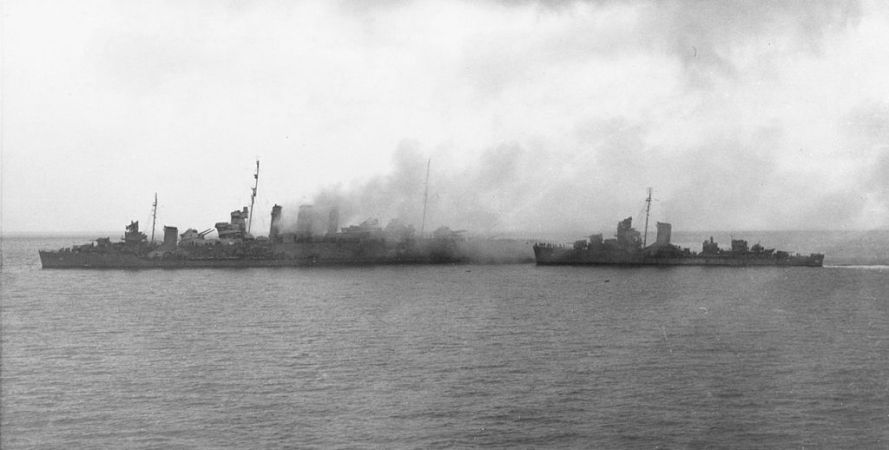In August 1942, the Allies and Japanese would meet in the pivotal battle for Guadalcanal. With the Americans precariously holding Henderson Field, the Japanese desperately sought to reinforce the island and to drive the Americans back into the sea.
To accomplish this, the Japanese would run warships with troops and supplies down “the Slot” (New Georgia Sound) at night to avoid the Cactus Air Force operating out of Henderson Field.

The quick, nocturnal nature of the trip led the Japanese to call it Rat Transportation. To the Americans, it was the Tokyo Express.
The New Georgia Sound ended at Savo Sound, just off Guadalcanal where the American fleet was stationed to protect the Marines on Guadalcanal.
After a number of brutal, pitched naval battles, this place would earn a new name: Ironbottom Sound.
The first night, after the landings on Guadalcanal, a small Japanese naval force of seven cruisers and a destroyer surprised a larger American force and decisively defeated them at the Battle of Savo Island.
The Allied contingent, eight cruisers and fifteen destroyers, paid dearly. The Americans lost three heavy cruisers while the Australians were forced to scuttle another.

The USS Chicago left its bow on the bottom as well.
The American and Japanese navies would meet again in October 1942, in what became known as the Battle of Cape Esperance. This time the Americans had a surprise of their own for the Japanese thanks to a bad radio call between American commanders.
Despite the confusion, Rear Adm. Norman Scott deftly commanded his ships in a ferocious night time engagement.
The American ships hit the unsuspecting Japanese with everything they had. In a quick, violent action at close range the American ships sent a Japanese cruiser and destroyer to the bottom, heavily damaged another cruiser, and killed the Japanese commander.
The engagement cost the Americans one of their destroyers with damage to two other ships.
Undeterred, the Tokyo Express continued down the Slot and into the carnage of Ironbottom Sound.
A month after the action at Cape Esperance, the Japanese and Americans would square off once again. Often called the Naval Battle of Guadalcanal, the incident was actually two separate battles on back-to-back nights.
The first night of the battle, November 13, 1942, saw an inferior American force intercept a larger Japanese force intent on shelling Henderson Field.
Leading the American force was Rear Adm. Daniel Callaghan. His second-in-command was Rear Adm. Scott who, a month earlier, had turned back the Japanese at the Battle of Cape Esperance.
In the confusion of the night, the two forces nearly ran right into each other. When Callaghan realized he was surrounded by the enemy, he gave a simple order to his column: “Odd ships fire to starboard, even ships fire to port!”

Despite being outgunned and mismatched, the American ships unleashed a maelstrom of fire on the Japanese.
The situation quickly deteriorated and turned into the naval equivalent of knife-fight in an alleyway at night. Ships fired on one another with virtually flat trajectories. The battleship Hiei blew two American destroyers out of the water before being incapacitated herself.
After 40 minutes of intense fighting, the two sides broke contact. The engagement had cost the Japanese one battleship and one destroyer, along with damage to nearly every other ship. The Americans had once again paid dearly.
Two cruisers and four destroyers joined their sisters at the bottom of the sound. Both Admirals Callaghan and Scott had also been killed. Both were posthumously awarded the Medal of Honor, along with three other sailors in the battle.
Most importantly though, the Americans had saved Henderson Field.
The Japanese weren’t done though and on the night of Nov. 14 once again sent a force to attack Henderson Field. They sent a battleship, four cruisers, and nine destroyers and this time were accompanied by troop transports intent on landing men and materiel on the island to retake the airfield.
Running low on serviceable ships, Adm. Halsey dispatched two battleships and four destroyers from his carrier’s escort. Most of the ships had never operated together as a unit. Their saving grace was their commander, Rear Adm. Willis Lee, an adept seaman and master of radar.
As the Americans intercepted the Japanese, the four destroyers were badly mauled. The battleship South Dakota was quickly pounced on as well and endured a terrific shelling. However, Lee, aboard the battleship Washington, had managed to maneuver around the Japanese undetected.
At near point-blank range, he opened fire with his ships’ 16-inch guns. In one of the few battleship-on-battleship fights of the Pacific, the Washington achieved a quick, decisive victory and sent the Kirishima to a watery grave.
Though the Japanese landed their transports, they were quickly destroyed by American aircraft sinking desperately needed supplies.
With the situation on Guadalcanal becoming dire, on Nov. 30 the Japanese made plans to reinvigorate the Tokyo Express in a last ditch effort to hold onto the island.
Alerted to the plan by intelligence, a superior American force moved in to intercept. American destroyers spotted the Japanese first and, after a command order delay, fired a spread of torpedoes that all missed their mark — the Battle of Tassafaronga was on.
The Japanese destroyers were prepared for American interference and, according to plan, unleashed a torrent of torpedoes of their own at the American ships.
As the American cruisers pounded one of the destroyers, the torpedoes found their marks.
The cruiser Minneapolis had her bow collapsed in front of the number one turret. New Orleans took a torpedo strike in her forward magazine and lost a full 125 feet of hull, including the forward turret, but remained afloat.
The cruisers Pensacola and Northampton also took torpedo hits, sending Northampton down.
Though the Americans had paid a high price, their efforts began to convince the Japanese to abandon Guadalcanal.
By the time the fight for Guadalcanal was over, Ironbottom Sound had become the final resting place to some 50 ships and thousands of sailors from both sides.




